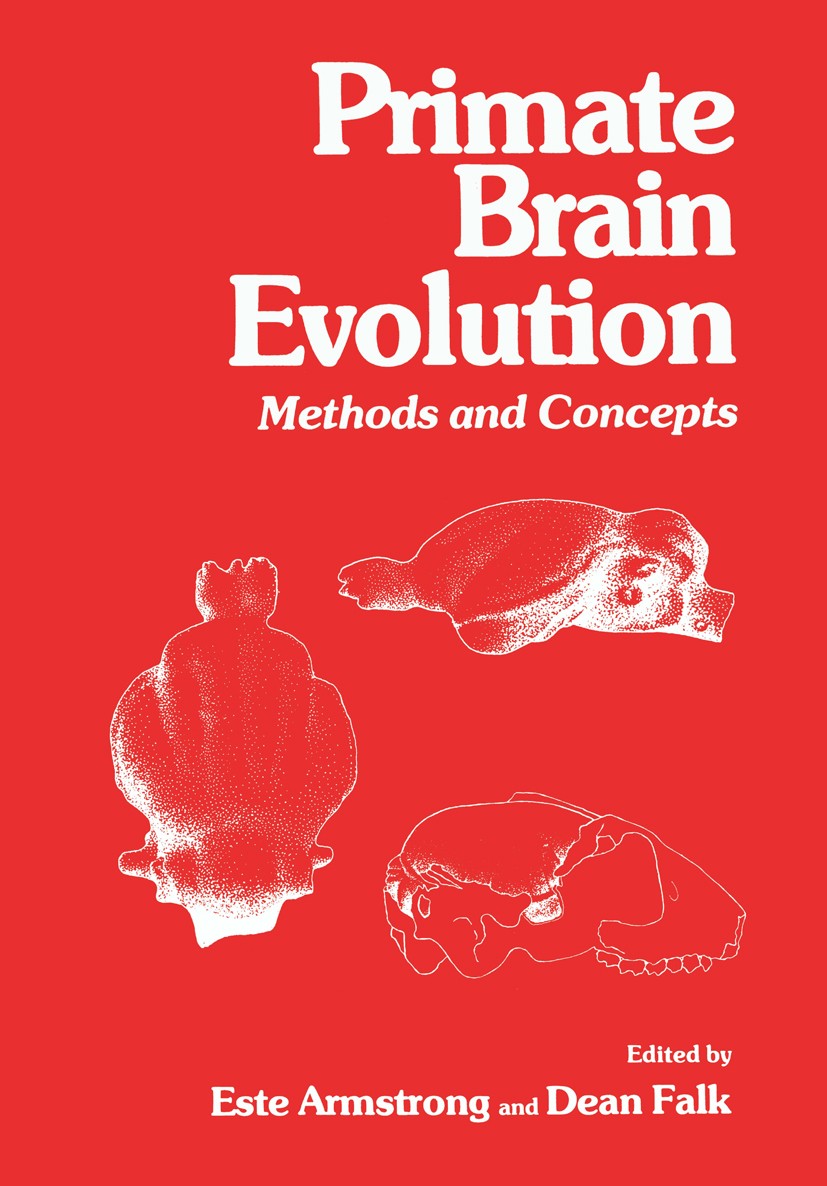| 书目名称 | Primate Brain Evolution | | 副标题 | Methods and Concepts | | 编辑 | Este Armstrong,Dean Falk | | 视频video | http://file.papertrans.cn/756/755218/755218.mp4 | | 图书封面 |  | | 描述 | Given the past decade‘s explosion of neurobiological and paleontologi cal data and their increasingly sophisticated analyses, interdisciplinary syntheses between these two broad disciplines are of value and interest to many different scientists. The collected papers of this volume will appeal to students of primate and hominid evolution, neuroscientists, sociobiolo gists, and other behaviorists who seek a better understanding of the substrates of primate, including human, behavior. Each species of living primates represents an endpoint in evolution, but comparative neurologists can produce approximate evolutionary se quences by careful analyses of representative series. Because nervous tissue does not fossilize, only a comparison of structures and functions among extant primates can be used to investigate the fine details of primate bra~n evolution. Paleoneurologists, who directly examine the fossil record via endocasts or cranial capacities of fossil skulls, can best provide information about gross details, such as changes in brain size or sulcal patterns, and determine when they occurred. Physical anthropologists and paleontologists have traditionally relied more on paleoneuro | | 出版日期 | Book 1982 | | 关键词 | behavior; biological; brain; evolution; fields; information; paper; primates; society; structure; synthesis; ti | | 版次 | 1 | | doi | https://doi.org/10.1007/978-1-4684-4148-2 | | isbn_softcover | 978-1-4684-4150-5 | | isbn_ebook | 978-1-4684-4148-2 | | copyright | Plenum Press, New York 1982 |
The information of publication is updating

|
|
 |Archiver|手机版|小黑屋|
派博传思国际
( 京公网安备110108008328)
GMT+8, 2025-12-14 21:57
|Archiver|手机版|小黑屋|
派博传思国际
( 京公网安备110108008328)
GMT+8, 2025-12-14 21:57


